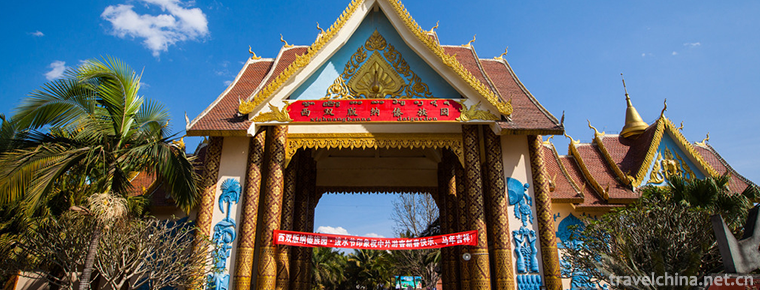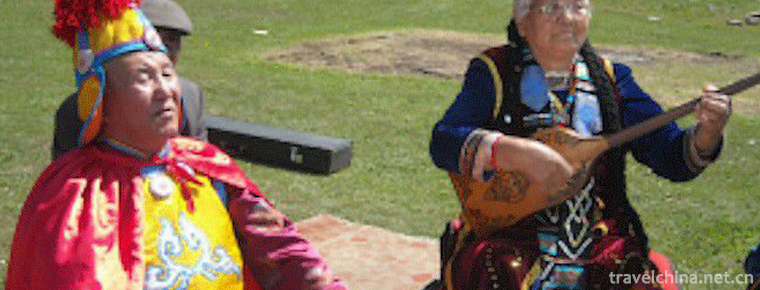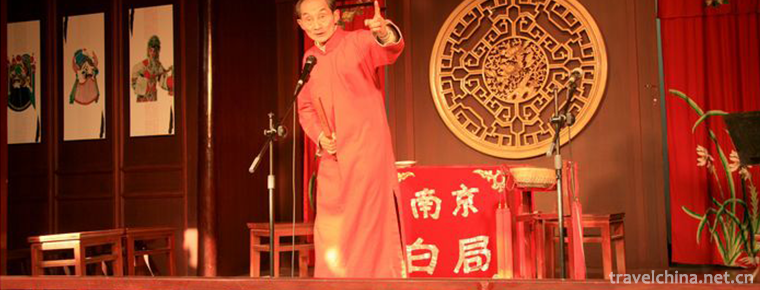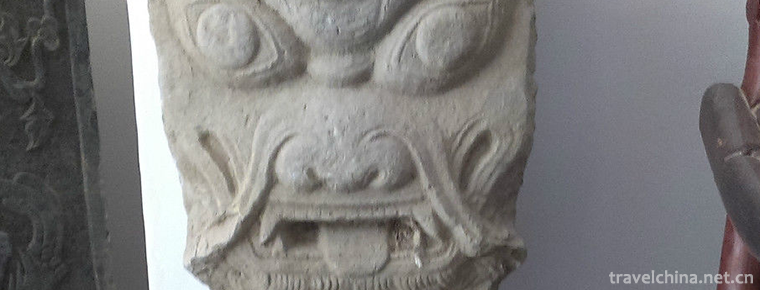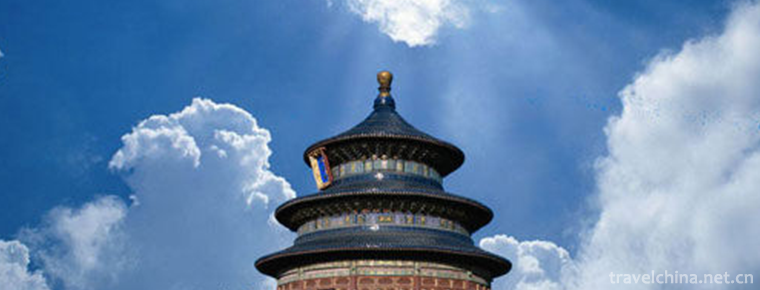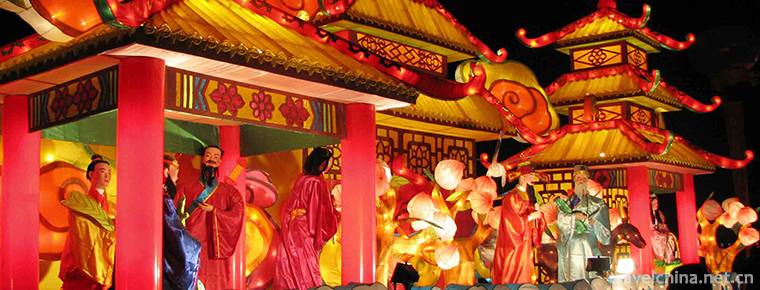Hua gu deng Flower drum lantern
Hua gu deng Flower drum lantern
Flower drum lantern, a traditional dance in Bengbu City, Fengtai County and Yingshang County, Anhui Province, is one of the national intangible cultural heritage.
Flower drum lantern is a kind of folk dance that combines dance, lantern song, Gong and drum music, plot double (3) human dance and emotional collective dance perfectly. According to historical data, the flower drum lantern originated from Xia Dynasty at the earliest and Song Dynasty at the latest. Through the development of Yuan, Ming, Qing and Republic of China, in the 1930s and 1940s, more than 20 counties and cities in Henan, Anhui, Shandong and Jiangsu provinces in the middle reaches of the Huaihe River, centered around Bengbu, Huainan and Fuyang in Anhui Province, were formed.
On May 20, 2006, the flower drum lantern was approved by the State Council and listed in the first batch of national intangible cultural heritage list, the heritage number: III-6.
historical origin
According to legend, the flower drum lantern originated in the Xia Dynasty. At the foot of Tushan Mountain, where Dayu met the princes, Dayu married Dayu's daughter, Nujiao, as his wife. Shortly after his marriage, Dayu went out to administer water for the people of the world. Dayu's thirteen years of water control, three times through the door but not into, the girl misses Dayu very much, and every day with her son standing on the hillside looking out to the distance, wishing her husband success in water control and return as soon as possible. Because of her eagerness and sincerity, she turned into a huge stone. Later generations called it "Wangfushi" and "Qimushi". To commemorate them, people built the Yuwang Temple. Every year on March 28 of the lunar calendar, temple fairs were held, gongs and drums were played, dances were performed, and flower drum lanterns were created.
By the Song Dynasty, the flower drum lantern had developed into a relatively systematic art form and occupied a pivotal position in folk dance art. The annual Art Lantern festival, flower drum lantern as a finale play, so known as "decorated lantern" is world-famous.
In the early Qing Dynasty, the rulers paid more attention to culture and the art of flower drum lanterns flourished rapidly. After watching the performance of flower drum lanterns, the playwright Kong Shangren wrote down "Dancer's Ci" one after another: "A pair of red sleeves danced in succession, soft as flowers and drums, like clouds, without a good hand, what's the point on the shoulder?" It depicts the beautiful dancing posture and exquisite and agile skills of the flower drum lantern. After the Opium War, the modern Chinese society was turbulent and turbulent, and the art of flower drum lanterns was affected.
After the Revolution of 1911, the Huaihe River Basin suffered years of confrontation, and the art of flower drum lanterns came to the bottom of the valley.
In the 50 years since the founding of New China, the art of flower drum lanterns has reached its peak, and the cause of flower drum lanterns has made tremendous achievements.
Inheritance and protection
Inheritance value
Flower drum lantern is an excellent folk art in Anhui Province. It is one of the most popular, popular, influential and colorful folk dances in Anhui Province. It is also one of the typical representatives of Han dance. Previous flower drum lantern performances were mostly square performances, and were carried out under the illumination of night flower lanterns, which is also the origin of the name of flower drum lantern. Later it developed into stage performance, making it more ornamental. The performers of flower drum lanterns are usually the working masses, who gather and disperse, and then go home to work in the fields. It is precisely because of this deep mass base that flower drum lanterns have developed rapidly and become a favorite form of entertainment for people on both sides of the Huaihe River.
Inheritance status
For many reasons, the original form of Bengbu flower drum lantern is on the verge of extinction. The influential folk artists have a high age, and the mechanism of folk inheritance needs to be re-established. Therefore, effective protection is urgently needed.
Inheriting characters
Feng Guopei, male, Han nationality, was born on August 15, 1914 in Bengbu, Anhui Province. He is the representative successor of the second batch of national intangible cultural heritage projects, the Flower Drum Lantern in Bengbu, Anhui Province.
Zheng Jiuru, male, Han nationality, born in Huaiyuan, Anhui Province in 1920. The second batch of national intangible cultural heritage project flower drum lantern (Bengbu flower drum lantern) representative inheritor, Bengbu City, Anhui Province, declared.
Chen Jingzhi, male, Han nationality, born in Fengtai, Anhui Province in 1919. The second batch of national intangible cultural heritage project flower drum lantern (Fengtai flower drum lantern) representative inheritors, Fengtai County, Anhui Province declared.
Wang Chuanxian, male, Han nationality, born in 1922, Yingshang, Anhui Province. The second batch of national intangible cultural heritage project flower drum lantern (Yingshang flower drum lantern) representative inheritor, Yingshang County, Anhui Province declared.
Yang Zaixian, male, born in 1922, is the representative successor of Huagu Lantern (Yingshang Huagu Lantern) in the third batch of national intangible cultural heritage projects, which was declared by Bengbu City, Anhui Province.
protective measures
In 2004, the flower drum lantern was listed as a pilot project for the protection of Chinese ethnic and folk culture.
In 2005, flower drum lanterns were listed as "861" plan of the province and "3461" plan of Bengbu city.
In 2006, the flower drum lantern was listed as the first national intangible cultural heritage protection list.
In 2011, the flower drum lantern was selected as the national cultural innovation project.
On June 21, 2018, "Anhui Flower Drum Lantern Creation and Research Room" was unveiled at Xinghai Building Concert Hall of Hefei Children's Normal College.
In terms of organizational mechanism, we should improve the administrative leadership mechanism. Bengbu City has set up a leading group for the protection of flower drum lamps to coordinate and solve major administrative problems in the protection of flower drum lamps. In terms of policy and legal construction, the People's Congress of Bengbu promulgated the Regulations on the Protection and Development of Flower Drum Lantern Art in Bengbu City, and the Municipal Cultural Department formulated the Measures for the Management of the Original Ecological Protection Village of Flower Drum Lantern in Bengbu City, the Measures for the Identification of the Inheritors of Flower Drum Lantern, and the Measures for the Management of Special Funds of Flower Drum Lan In terms of capital investment, the state and provinces have certain funds for flower drum lamp protection projects every year. The municipal government allocates 1 million yuan annually for the basic work of flower drum lamp protection.
social influence
Important exhibition
On September 10, 2018, the flower drum lantern was displayed in the "Fifth National Non-Heritage Project Yangge Festival" held in Shanghe River, Jinan, Shandong Province.
On November 25, 2018, a 1000-person Wushu exhibition of Yiliuhequan was held in Bengbu City Vocational Education Center, in which the flower drum lantern was displayed. It was sponsored by Bengbu Municipal Culture Museum and Longzihu District Culture Museum and Bengshan District Culture Museum.
Honorary commendation
From October 11 to 26, 2013, the 10th China Art Festival was held in Shandong Province. Fengtai County's flower drum and lantern dance "Qianli Changhuai Line" won the Stars Award.
In June 2016, in the 7th International Dance Competition, Yingshang Flower Drum Lantern Art Troupe won the only gold medal and guidance prize in the 7th International Dance Competition.

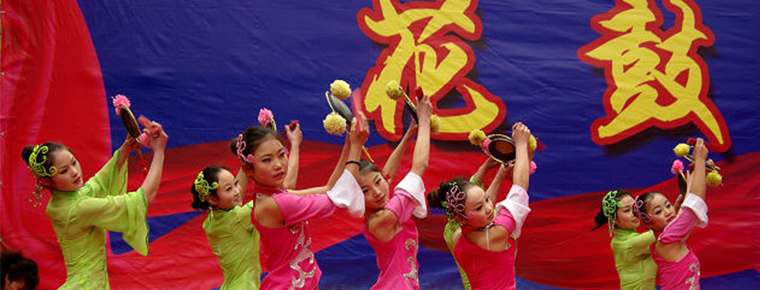
-
Taipei 101 building
Taipei 101 Building, formerly known as Taipei International Financial Center.
Views: 265 Time 2018-10-12 -
Snail rice noodles
Snail jelly powder is a kind of snack rice flour in Liuzhou City, Guangxi Zhuang Autonomous Region. It has the unique flavor of hot, cool, fresh, sour and hot. is the most famous local snack in Liuzho.
Views: 315 Time 2018-11-05 -
The Dai Garden of Xishuangbanna
The Dai Garden is called Xishuangbanna Dai Garden. Located in Xishuangbanna Olive Dam, Yunnan Province, China. There are five Dai Natural Villages with the best preservation in China.
Views: 175 Time 2019-02-25 -
Mongolian Topshore Music
Topshore is a unique short-necked woody plucked string instrument of Mongolian nationality in Xinjiang. It is beautiful in shape, simple in manufacture, graceful in timbre and easy to carry. It is esp.
Views: 330 Time 2019-06-04 -
Nanjing White Bureau
Nanjing Baiju is an ancient type of music in Nanjing area. The "Nanjing tune" in the Yuanqu brand is the original tune of Baiju's ancient tune. It has a history of more than 700 years. It wa.
Views: 108 Time 2019-06-07 -
Qinghai Han Minority Folk Minor
Qinghai Han folk minor is one of the genres of Chinese folk songs. Generally speaking, it refers to folk songs and dances popular in town fairs. Through the spread of the past dynasties.
Views: 442 Time 2019-06-10 -
Salar Costume
The traditional dresses of the Salar nationality are bright and bright in color and full of national characteristics. Salar costumes have two characteristics, namely (1) Islamic color of costumes; (2).
Views: 128 Time 2019-06-11 -
Taishan Stone Dang Custom
Taishan Stone Dangdang Custom is a relic of ancient people's worship of spiritual stones. Mountain and stone are regarded as personality by myth, which is a typical traditional folk culture that has b.
Views: 140 Time 2019-06-18 -
Legend of the Temple of Heaven
On May 18, 2010, the Ministry of Culture of China announced the third batch of national intangible cultural heritage list of recommended projects (new entries). The first item in the category of folk .
Views: 137 Time 2019-06-21 -
The Lantern Festival
Lantern Festival, also known as the Lantern Festival, the Little January Festival, the Lantern Festival or the Lantern Festival, is one of the traditional festivals in China. The first month is the fi.
Views: 322 Time 2019-07-16 -
University of International Relations
University of International Relations (University of International Relations), referred to as "Guo Guan", is located in the western suburb of Beijing. Ministry of Education of the People's R.
Views: 382 Time 2019-09-22 -
University of Chinese Academy of Sciences
University of Chinese Academy of Sciences ( University of Chinese Academy of Sciences Referred to as "National Science and Technology University", was approved by the Ministry of education. .
Views: 112 Time 2019-12-11


